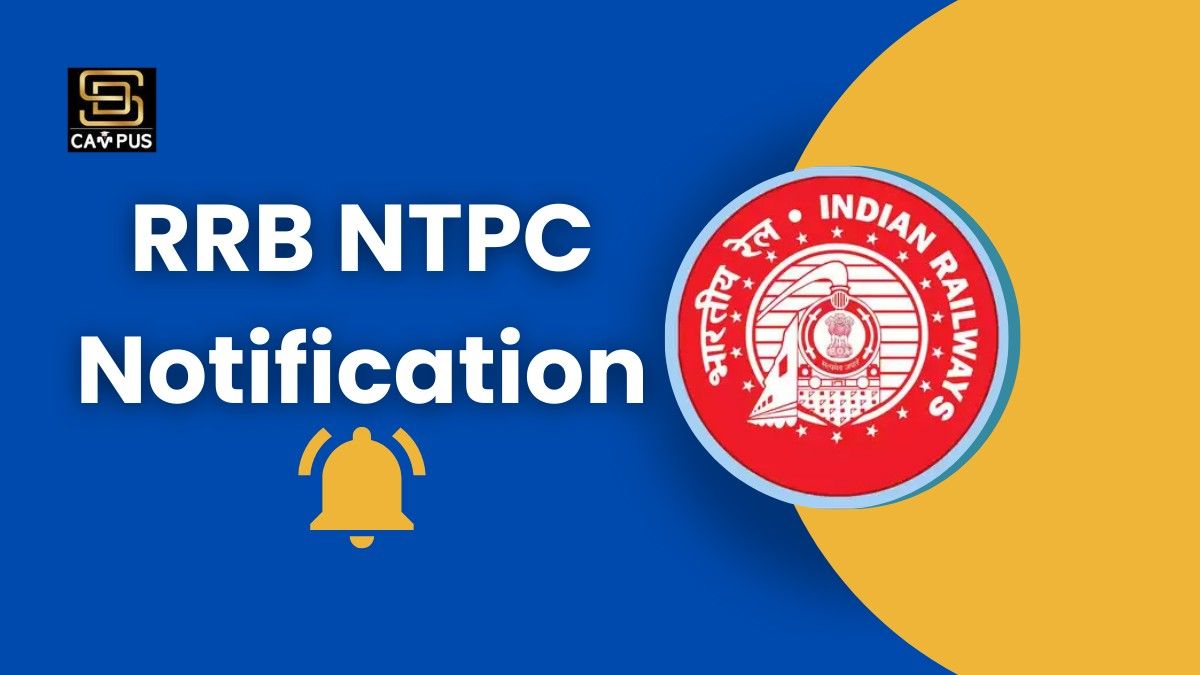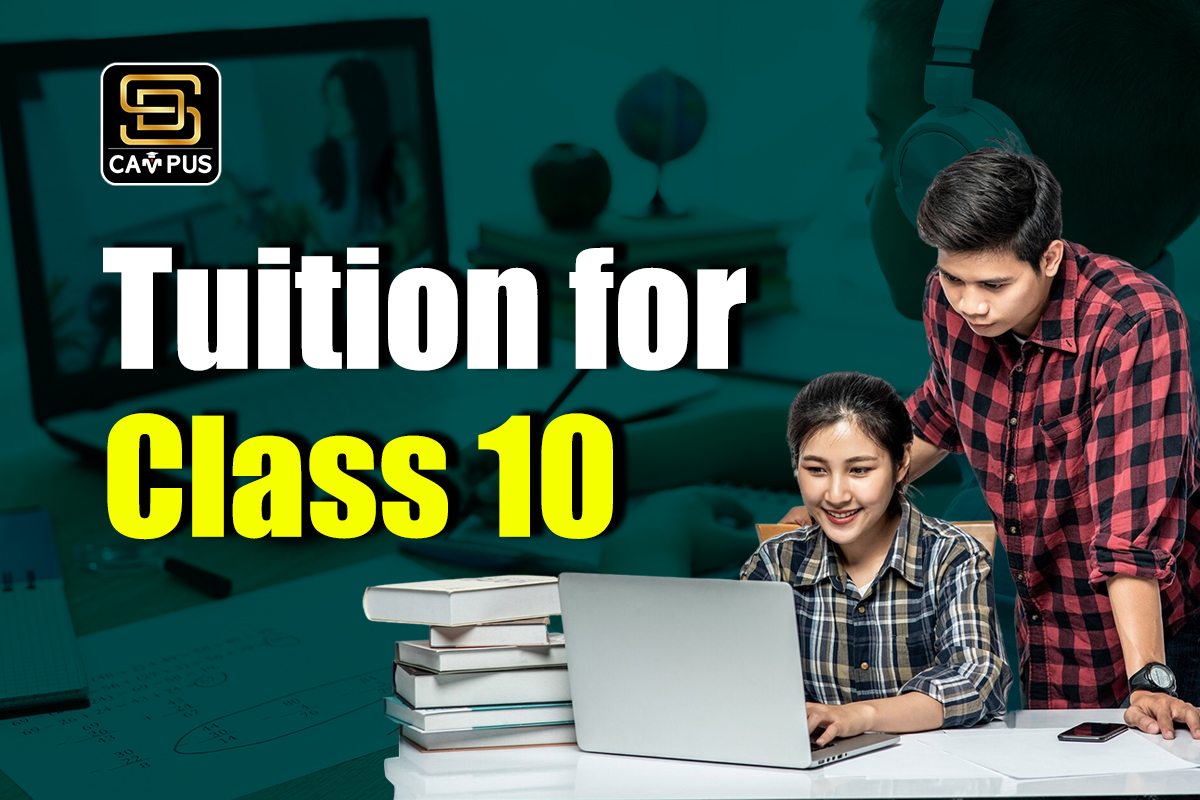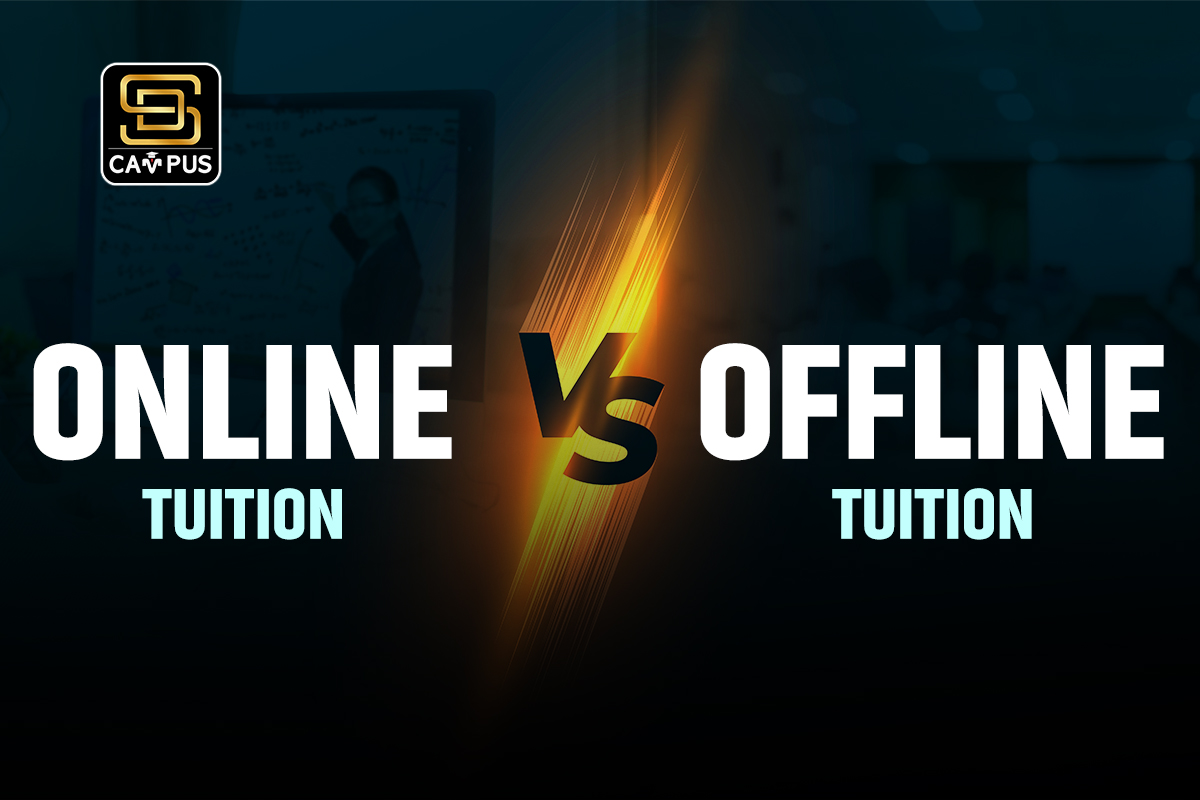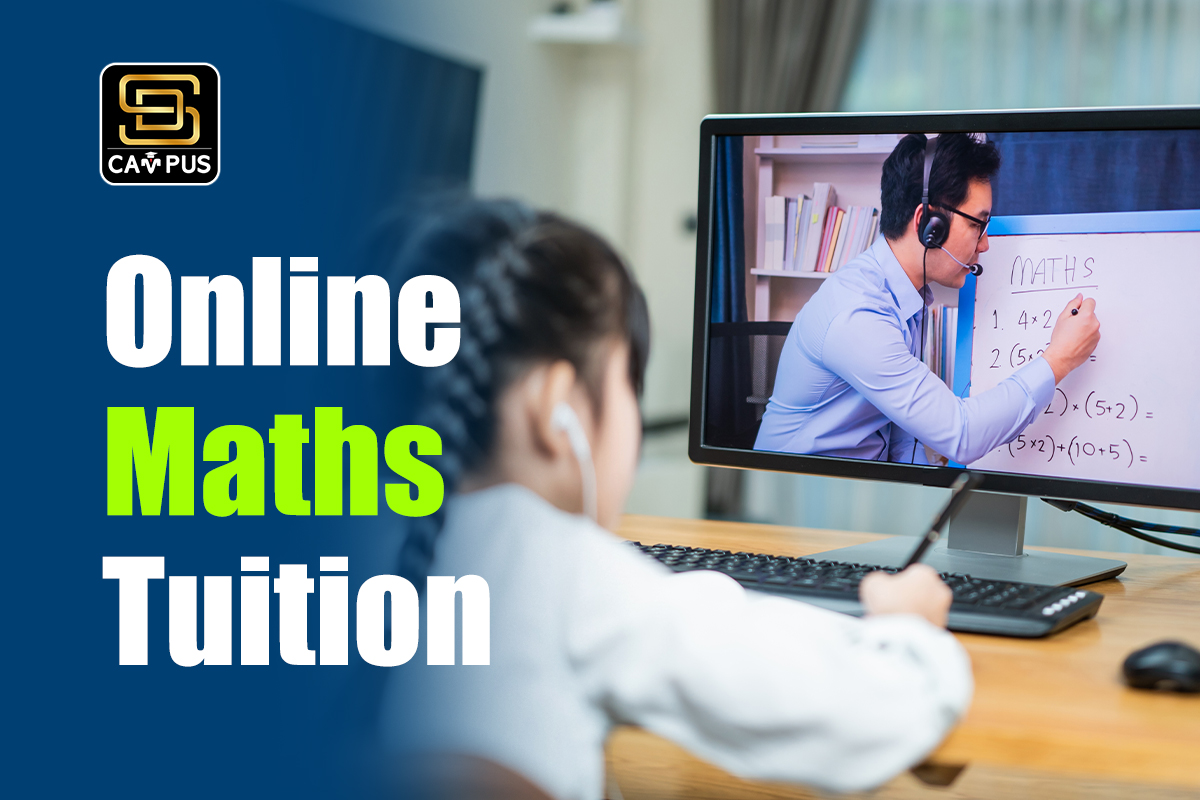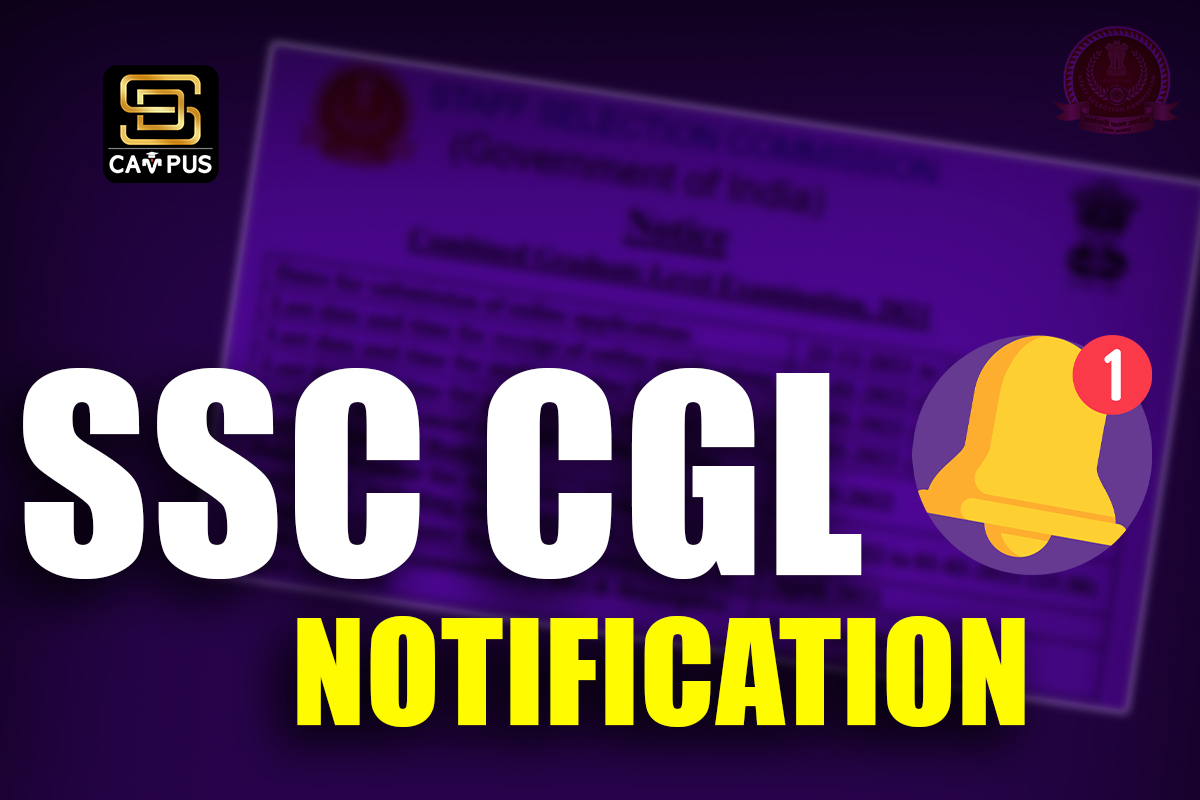SSC CGL syllabus 2025: The Staff Selection Commission (SSC) conducts the SSC CGL Exam annually to recruit candidates for various government posts. The SSC has released the exam syllabus with the official exam notification. The SSC CGL syllabus is divided into 2 parts. Tier 1 and Tier 2. The SSC CGL Syllabus 2025 encompasses four important subjects: General Intelligence and Reasoning, Quantitative Aptitude, English Language and Comprehension, and General Awareness. To effectively prepare for the exam, candidates should thoroughly review the syllabus and plan their study schedule accordingly. Below is the complete syllabus for your reference.
Table of Contents
ToggleSSC CGL Syllabus 2025
The Staff Selection Commission conducts the recruitment for Combined graduate-level posts through a two-tier selection process: Tier I and Tier II. The SSC CGL Syllabus 2025 covers important subjects, including Mathematics, English, General Awareness, and Reasoning. Understanding the SSC CGL syllabus is essential for candidates preparing to appear for the exam.
| Tier | Type | Mode |
|---|---|---|
| Tier I | Objective Multiple Choice | Computer-Based (online) |
| Tier II | Paper I: Compulsory for all posts | |
| Paper II: For candidates applying for Junior Statistical Officer (JSO) in the Ministry of Statistics and Programme Implementation | ||
| Paper III: For candidates applying for Assistant Audit Officer/Assistant Accounts Officer | ||
| Objective Type, Multiple Choice (except for Module II of Section-III of Paper-I) | Computer-Based (online) |
SSC CGL Tier 1 Syllabus 2025
The SSC CGL Tier 1 exam will have a total of 100 questions of 200 marks. Staff Selection Commission – Combined Graduate Level Tier 1 syllabus will consist of 4 sections: Quantitative Aptitude, General Intelligence and Reasoning, English Language & General Awareness. The details of the syllabus are mentioned below.
SSC CGL Syllabus 2025 for General Intelligence and Reasoning
The General Intelligence section will consist of both verbal and non-verbal questions. The entire topics of the SSC CGL GENERAL INTELLIGENCE Tier 1 syllabus are given below.
General Intelligence and Reasoning Syllabus
- Analogies
- Similarities and Differences
- Space Visualization
- Spatial Orientation
- Problem-Solving
- Analysis
- Judgment
- Decision-Making
- Visual Memory
- Discrimination
- Observation
- Relationship Concepts
- Arithmetical Reasoning
- Figural Classification
- Arithmetic Number Series
- Non-Verbal Series
- Coding and Decoding
- Statement Conclusion
- Syllogistic Reasoning
- Semantic Analogy
- Symbolic/Number Analogy
- Figural Analogy
- Semantic Classification
- Symbolic/Number Classification
- Figural Classification
- Semantic Series
- Number Series
- Figural Series
- Word Building
- Numerical Operations
- Symbolic Operations
- Trends
- Space Orientation
- Space Visualization
- Venn Diagrams
- Drawing Inferences
- Punched Hole/Pattern Folding & Unfolding
- Figural Pattern Folding and Completion
- Indexing
- Address Matching
- Date & City Matching
- Classification of Center Codes/Roll Numbers
- Embedded Figures
- Small & Capital Letters/Numbers Coding, Decoding, and Classification
SSC CGL Syllabus 2025 Tier 1 for Quantitative Aptitude
Preparing for Quantitative Aptitude requires practice and familiarity with various tricks and techniques to solve questions quickly. Candidates should review the SSC CGL Syllabus 2025 for Quantitative Aptitude below to plan their preparation effectively.
Quantitative Aptitude Syllabus
- Computation of Whole Numbers
- Fractions and Relationships Between Numbers
- Profit and Loss
- Time and Distance
- Time & Work
- Percentage
- Ratio & Proportion
- Discount
- Partnership Business
- Mixture and Allegation
- Square Roots
- Averages
- Graphs of Linear Equations
- Triangle and its Various Centers
- Congruence and Similarity of Triangles
- Interest
- Basic Algebraic Identities of School Algebra & Elementary Surds
- Circle and its Chords
- Regular Polygons
- Right Prism, Circular Cone, Right Circular Cylinder, Sphere
- Heights and Distances
- Hemispheres
- Rectangular Parallelepiped
- Histogram
- Regular Right Pyramid with Triangular or Square Base
SSC CGL Syllabus 2025 for English Language and Comprehension
This section is relatively less time-consuming and offers high-scoring potential as it doesn’t require calculations. However, a strong grasp of language and a regular reading habit are essential to score well. Below is the syllabus for English Language and Comprehension.
English Language and Comprehension Syllabus
- Phrases and Idioms
- One-word Substitution
- Sentence Correction
- Error Spotting
- Fill in the Blanks
- Spelling Correction
- Reading Comprehension
- Synonyms and Antonyms
- Active and Passive Voice
- Sentence Rearrangement
- Sentence Improvement
- Cloze Test
SSC CGL Syllabus 2025 General Awareness for Tier 1
Candidates should focus on preparing each topic thoroughly, ensuring a strong understanding of the foundational subjects. Keeping up with current affairs from the last 6 months is essential for performing well in this section.
A well-prepared General Awareness section can significantly boost the overall score in the SSC CGL Tier 1 Examination.
General Awareness Syllabus
- History & Culture
- Geography & Economic Scene
- General Policy & Scientific Research
- Science
- Current Affairs
- Books and Authors
- Sports
- Important Schemes
- Important Days
- Portfolios
- People in the News
- India and its Neighboring Countries
SSC CGL Syllabus 2025 for Tier 2
The SSC CGL 2025 Tier 2 exam pattern and syllabus have recently undergone revisions. The Tier 2 exam will consist of two stages: Tier 1 and Tier 2. Candidates must carefully review the detailed SSC CGL Syllabus 2025 Tier 2 outlined below.
- Paper I: Compulsory for all posts
- Paper II: For candidates applying for the post of Junior Statistical Officer (JSO) in the Ministry of Statistics and Programme Implementation
- Paper III: For candidates applying for the posts of Assistant Audit Officer/Assistant Accounts Officer
The exam will feature objective-type multiple-choice questions, with the exception of Module II of Section III in Paper I.
SSC CGL Syllabus 2025 Tier 2 for Paper 1
Paper 1 in the Tier 2 examination is mandatory for all candidates and carries a total of 390 marks. Candidates should be familiar with the topics covered in each section of this paper. While the Mathematics, Reasoning, English, and General Awareness sections are common to both Tier 1 and Tier 2, the preparation strategy for each level differs. Refer to the table below for a comprehensive list of topics in Paper 1 of Tier 2.
| Section | Module | Topics |
| Section I | Mathematical Abilities | – Number Systems: Computation of Whole Numbers, Decimals and Fractions, and Relationship between Numbers.- Fundamental Arithmetical Operations: Percentages, Ratio and Proportion, Square Roots, Averages, Interest (Simple and Compound), Profit and Loss, Discount, Partnership Business, Mixture and Alligation, Time and Distance, Time and Work.- Algebra: Basic algebraic identities and Elementary surds (simple problems), Graphs of Linear Equations.- Geometry: Triangles, Congruence and similarity, Circle and its chords, tangents, angles subtended, common tangents to two or more circles.- Mensuration: Triangles, Quadrilaterals, Regular Polygons, Circle, Right Prism, Right Circular Cone, Right Circular Cylinder, Sphere, Hemispheres, Rectangular Parallelepiped, Regular Right Pyramid with triangular or square Base.- Trigonometry: Trigonometric ratios, Complementary angles, Heights, and distances (simple problems).- Statistics and Probability: Use of Tables and Graphs, Measures of central tendency, and simple probabilities. |
| Section I | General Intelligence and Reasoning | – Semantic Analogy, Symbolic operations, Symbolic/Number Analogy, Trends, Figural Analogy, Space Orientation, and Semantic Classification.- Venn Diagrams, Symbolic/Number Classification, Drawing inferences, Figural Classification.- Punched hole/Pattern-folding & unfolding, Semantic Series, Figural Pattern folding and completion, Number Series, Embedded figures, Figural Series.- Critical Thinking, Problem-Solving, Emotional Intelligence, Word Building, Social Intelligence, Coding and De-coding, Numerical operations. |
| Section II | English Language and Comprehension | – Spot the error, Fill in the blanks, Synonyms, Antonyms, Spelling errors, Idioms & phrases, and One-word substitution.- Improve sentences, use active/passive voice, and convert into direct/indirect narration.- Shuffling of sentence parts, Shuffling of sentences in a passage, Cloze passage, Comprehension passage. |
| Section III | General Awareness | – India and its neighboring countries (History, Culture, Geography, Economic Scene, General Policy, Scientific Research).- Science, Current Affairs, Books and Authors, Sports, Important Schemes, Important Days.- Portfolio, People in News. |
| Section IV | Computer Proficiency | – Computer Basics: Organization of a computer, CPU, input/output devices, computer memory, memory organization, backup devices, Ports, Windows Explorer, and Keyboard shortcuts.- Software: Windows OS, Microsoft Office (MS Word, MS Excel, PowerPoint).- Internet and E-mail: Web Browsing, Downloading/Uploading, E-mail management, e-banking.- Networking and Cybersecurity: Networking devices and protocols, network and information security threats (hacking, viruses, worms, Trojans), and preventive measures. |
SSC CGL Syllabus 2025 Tier 2 for Paper 2 (Statistics)
Candidates who have selected the Junior Statistical Officer (JSO) post during the application process and those who have cleared the Tier 1 cutoff for the JSO post are eligible to appear for Paper 2 in the Tier 2 exam. Below is the SSC CGL Syllabus 2025 Tier 2 for Paper 2, organized in a table for the convenience of candidates, covering all relevant topics.
| Subjects | Topics |
|---|---|
| Collection, Classification, and Presentation of Statistical Data | Primary and Secondary data, Tabulation of data, Frequency distributions, Graphs and charts, Methods of data collection, and Diagrammatic presentation of frequency distributions. |
| Measures of Central Tendency | Common measures of central tendency – Mean, Median, and Mode; Partition values – Quartiles, Deciles, and Percentiles. |
| Measures of Dispersion | Common measures of Dispersion – Range, Quartile deviations, Mean deviation, and Standard deviation; Measures of relative dispersion. |
| Moments, Skewness and Kurtosis | Different types of moments and their relationship; Meaning of Skewness and Kurtosis; Different measures of Skewness and Kurtosis. |
| Correlation and Regression | Scatter diagram, Simple correlation coefficient, Simple regression lines, Spearman’s rank correlation, Measures of association of attributes, Multiple regression, Multiple and partial correlation (for three variables only). |
| Probability Theory | Meaning of probability, Different definitions of probability, Conditional probability, Compound probability, Independent events, Bayes’ theorem. |
| Random Variable and Probability Distributions | Random variable, Probability functions, Expectation and Variance of a random variable, Higher moments of a random variable, Binomial, Poisson, Normal, and Exponential distributions, Joint distribution of two random variables (discrete). |
| Sampling Theory | Concept of population and sample, Parameter and statistic, Sampling and non-sampling errors, Probability and non-probability sampling techniques (simple random sampling, stratified sampling, multistage sampling, multiphase sampling, cluster sampling, systematic sampling, purposive sampling, convenience sampling, and quota sampling), Sampling distribution (statement only), Sample size decisions. |
| Statistical Inference | Point estimation and interval estimation, Properties of a good estimator, Methods of estimation (Moments method, Maximum likelihood method, Least squares method), Testing of hypothesis, Basic concept of testing, Small sample and large sample tests, Tests based on Z, t, Chi-square, and F statistic, Confidence intervals. |
| Analysis of Variance | Analysis of one-way classified data and two-way classified data. |
| Time Series Analysis | Components of time series, Determination of trend components by different methods, Measurement of seasonal variation by different methods. |
| Index Numbers | Meaning of Index Numbers, Problems in the construction of index numbers, Types of index numbers, Different formulae, Base shifting and splicing of index numbers, Cost of living Index Numbers, and Uses of Index Numbers. |
Frequently Asked Questions (FAQs)
Que 1: What is the syllabus of the SSC exam 2025?
Ans 1: The SSC GD 2025 examination is scheduled to take place from February 4 to February 25, 2025. The syllabus for the SSC GD exam is categorized into four sections: General Intelligence and Reasoning, General Knowledge and General Awareness, Elementary Mathematics, and English/Hindi. For detailed topic-wise weightage and other specifics, you can refer to the SSC GD Syllabus 2025 PDF.
Que 2: Will SSC CGL happen in 2025?
Ans 2: The deadline for submitting the SSC CGL online application for 2025 is May 21, 2025. The SSC CGL 2025 examination is scheduled to take place in June and July 2025. The SSC CGL 2024 Tier 1 exam results were announced by the Commission on December 5, 2024. The Tier 2 examination for SSC CGL 2024 will be held on January 18, 19, and 20, 2025.

Hi, I am Anshu a Law Graduate specializing in writing informative and engaging content for state and national-level government exams like SSC ,Sainik School, JNV etc, I focus on delivering accurate and concise information regarding exams to help aspirants to excels in their preparation.

